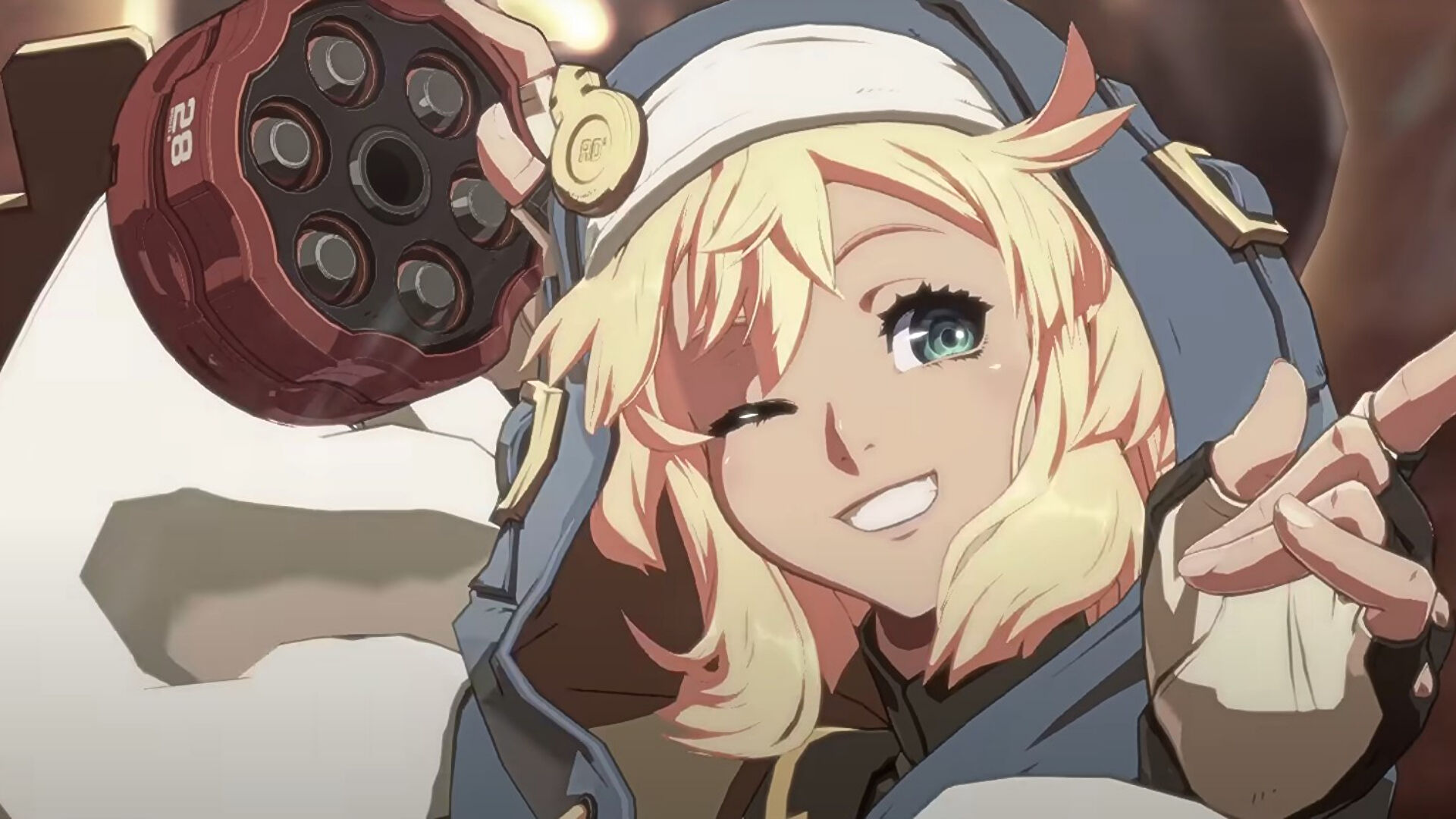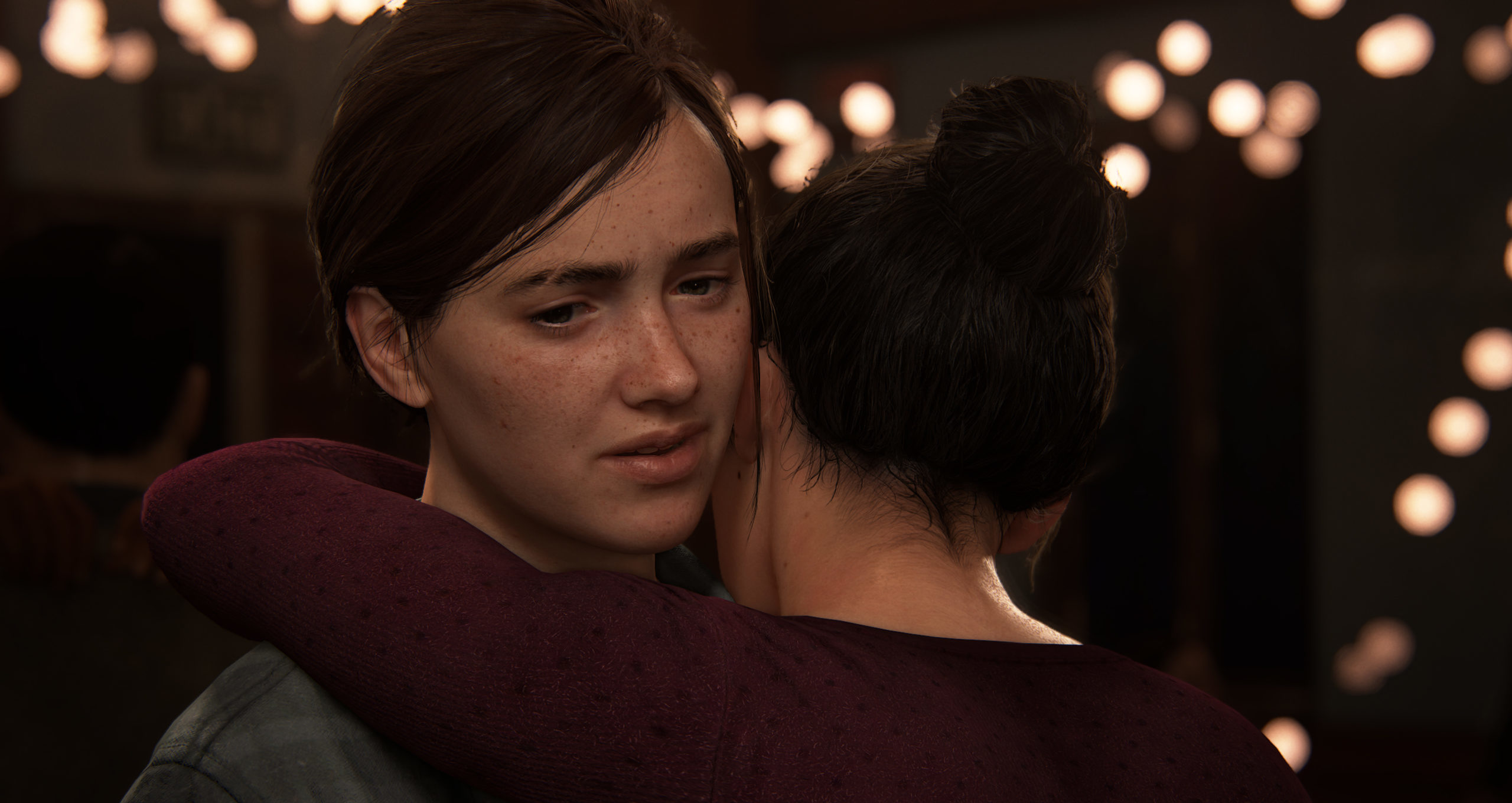Diverse characters are starting to headline more of our beloved stories. It’s a heartening thing to see, with significant change and movements to this representation especially taking effect in the past decade. The very first instance of a trans protagonist leading a game was as recent as 2020 with the phenomenal Tell Me Why. With these strides being more accepted in the world, some opportunistic creators have subsequently tried to make their works more diverse after the fact. This is what’s known as retroactive diversity.
Maybe you’re the disgraced author of Harry Potter, suddenly insisting that there have been Jewish wizard characters all along. That character’s name? Anthony Goldstein. We swear they’re real and not lazily added to humour someone’s question in a tweet! This is what we call an especially bad example of retroactive diversity. Though is it all bad? Well, no. Though it is undeniable that the LGBTQIA+ community deserves better.
The big announcement
The biggest mistake that can come with retroactively making a character diverse is quickly jumping to the conclusion that it better serves its world. It is obviously better to have representation be at the forefront from the start, having it tie into not just the character but their place in the world. However, there are rare exceptions.
With games like Celeste, this subsequent announcement is a moment of personal triumph. In Celeste, an alternate version of protagonist Madeline follows her throughout the game, constantly on the hunt and something that at times feels inescapable. It’s a story that would be intensely personal for anyone, but struck a particular chord within transgender gamers, myself included. That other version of you that you swear you’re different from and should move on from… it’s a theme and anecdote I and many other trans people can relate to.
When Madeline was announced to be trans two years after the game’s release, it wasn’t just believable for the character, but it contextualised the entire story. The creator, Maddy Thorson, came out as trans at the same time, and explained that she had not known she or Madeline was trans when she was developing the game. She had been writing Madeline from a trans perspective all along, but just had not realised it antil later. While the announcement cemented Celeste as a trans narrative, Thorson pointed out that decision to ‘out’ Madeline as trans had been a difficult one. That is how you better flesh out a story by making it more inclusive.
Even if the result is the best possible outcome, not all stories of the queer or diverse community finally receiving another beloved individual as theirs start on good ground. Guilty Gear’s Bridget debuted in the franchise on the 2003 entry for the fighting series, Guilty Gear X2. Last year upon her addition to Guilty Gear Strive, they announced her (revealed via her own character story) as a trans girl. Though this reveal was met with much-deserved fanfare, it was a tough road to get there.

Like most of Guilty Gear’s cast, Bridget’s origin story is absolutely bonkers. As her village has an extremely specific superstition that the birth of twin boys is such a bad omen, she traditionally would have been murdered. So, Bridget, one pair of assigned-male twins, lives her life hiding as a girl to escape this threat. She did not identify as female, but she dressed, spoke, and acted like a woman. The backstory makes enough sense within the context of the zany anime-style arcade fighter, but it’s a quintessential example of the incredibly transphobic and long-running ‘trap’ trope, which originated on 4chan. Bridget became a figurehead for this term, having many a thread of insidious individuals lust after her and her gender-non-conforming body as if it were forbidden fruit. This trope has been immensely harmful and transmisogynistic, often implying that trans women are often trying to ‘trick’ people by presenting as female while not having a cis female body.
Having Bridget come to the realisation and understanding that she’s trans is putting bad stereotypes to bed. There’s no ambiguity. Bridget is trans. She’s one of us now. While it’s a win, it’s still that retroactive diversity we know, born out of poor tropes. Yes, not all representation is perfect. But, as many queer people often utter when it comes to representation, we’ll take what we can get.
“We’ll take what we can get”
So begins the dubious examples of retroactive diversity. The recent trend with this is the incredibly corporate retroactive diversity announcements that often come from the perpetrators of annual Pride Month pinkwashing. These are the reveals and steps to inclusivity that are to be taken with a grain of salt.
On May 31, just prior to the kick-off of Pride Month, Blizzard announced that longstanding characters Baptiste is bisexual and Pharah is a lesbian. They join the ranks of Tracer and Soldier 76 as the retroactively diverse characters in the hero shooter’s roster. Thus far, six years into the franchise, the only character that was designed with a queer identity from day one was the recently added Lifeweaver. Combine that with the fact that Blizzard is a company that has made headlines for the last two years all about its alleged horrible treatment of minority employees and it’s hard to find such moves as genuine.

Did you know that seven years ago Ubisoft confirmed that protagonist Jacob from Assassin’s Creed: Syndicate is bisexual? Do you know how they confirmed it? A simple, incredibly brief blogpost Tumblr reply to people speculating on the matter. Do you know what else Ubisoft, the developer of the Assassin’s Creed franchise, happen to have in common with Blizzard? I’ll leave that to you to work out. Suffice it to say, these publishers are happy to make social media announcements and add rainbow stickers to their games, but it will be hard to see them as friends to the queer community until they turn their inclusive efforts inwards towards their own people.
Yet at the end of the day, each announcement and rainbow sticker is a net positive. When I was a young queer kid frequenting Call of Duty servers back in the day, I would’ve killed for a rainbow skin or two for some queer, flamboyant self-expression. It’s a small gesture but it would’ve gone a long way in not feeling alone in my identity, and I’m glad others have such things in their games now.
Still, it’s worth being mindful and taking some of the representation we witness in our games and media at face value. Overwatch, for instance, largely reveals their characters as LGBTQIA+ in the extended universe via comics. It’s low-risk inclusivity. Representation can and always should be better, especially in instances like this. Otherwise, it feels like less of a valued statement or more of a safety net declaration.
What do we do from here?
One of the first big steps developers need to take when creating diverse characters or telling diverse stories is refusing to compromise. The AAA, high-budget scene of video games is explosive, creating some stories with great visuals and sweeping spectacle, and we need more queer stories to be told. Studios need to get better at making characters explicitly queer, not creating fleeting scenes or side characters in their projects that can easily be cut when it makes their way to less accepting shores. Retroactive diversity is at its most insidious when it is revoked as soon as the inclusion might harm a game’s bottom line. When that happens, it’s a sure sign that the decision makers don’t care about diverse minorities when push comes to shove.
Taking a page out of the indie scene’s books would make great strides in this regard. Queer stories, even those that are especially personal, are still incredibly bankable and worth telling. Being queer isn’t an afterthought or a side part of one’s identity. It’s everything. Existing as a queer person is defiant. Art, or good art at least, is exactly the same: standing out from the crowd, making a statement and saying with unwavering brevity that it has the right to exist.

This is a big symptom of why representation in higher-budget games is less bold. Though there are excellent stories to tell in the space, at the end of the day their work is still business first and foremost, intended to make as much money as possible. When it’s profitable (financially or in reputation) to include diverse stories or content, they’ll do so. Hence why some of the biggest strides of inclusivity happening in Black History Month in February or Pride Month in June. It’s here you get those big pushes of multiplayer skins or flags that represent one’s diverse culture and though they are often sold year-round, it’s rare other steps are made and hence the community is forgotten.
I harbour a lot of love for The Last of Us Part II, which in the midst of what felt like a downright hate campaign towards the game, managed to tell a queer love story, warts and all that was (mostly) free of tropes. It is so good that incredibly expensive games can tell these stories. However, Naughty Dog is one of the biggest studios under PlayStation’s belt, a studio that can afford to lose if they don’t win over everyone. It’s an expensive, high-budget zombie game that finds the time to tell deep, interpersonal diverse stories. Though it’s still a zombie game with high-octane action that can make a lot of money.
“Queer stories, even those that are especially personal, are still incredibly bankable and worth telling.”
This is why it’s also important to find a way to tell stories never seen before. We can have so much more than just ‘an expected genre or theme to a story, only now the character is queer!’ Have diverse voices not just tucked away into corners and coding in the boots-on-the-ground offices, but also in your design meetings. That is how retroactive diversity ends. Beautiful, thoughtful and previously inconceivable characters, stories and worlds will be created in the process. I promise you.
Opposing the practice of retroactive diversity is pioneer storytelling in the indie space that features representation from the get-go. The Red Strings Club developer Deconstructeam has a short transhumanistic video game by the name of 11:45 A Vivid Life. In it, players follow a young girl who uses an X-ray machine and discovers the skeleton inside them does not belong to them. The phrase “The skeleton inside of me isn’t mine.” is a palpable line uttered in-game, alluding to the dysphoria and disconnect from body and gender trans people can have. In 2021’s Get in the Car, Loser, we have a passionate and vibrant lesbian road-trip RPG. It’s a game all about fighting for love and justice in the face of indifference.
I can only imagine the wonders it would have done for me if the younger me saw these sorts of games at the forefront of the gaming scene. Oh, how I’d have felt less alone if I could have entered a store and seen the cover art for a box have someone that looks like me. I didn’t get that world growing up. I’m praying we one day do. It starts with making change and celebrating diversity, channelling it in creative and considerate ways. It starts with people reminding themselves that those that are diverse aren’t retroactive. They’re not an afterthought. They’re everything.





